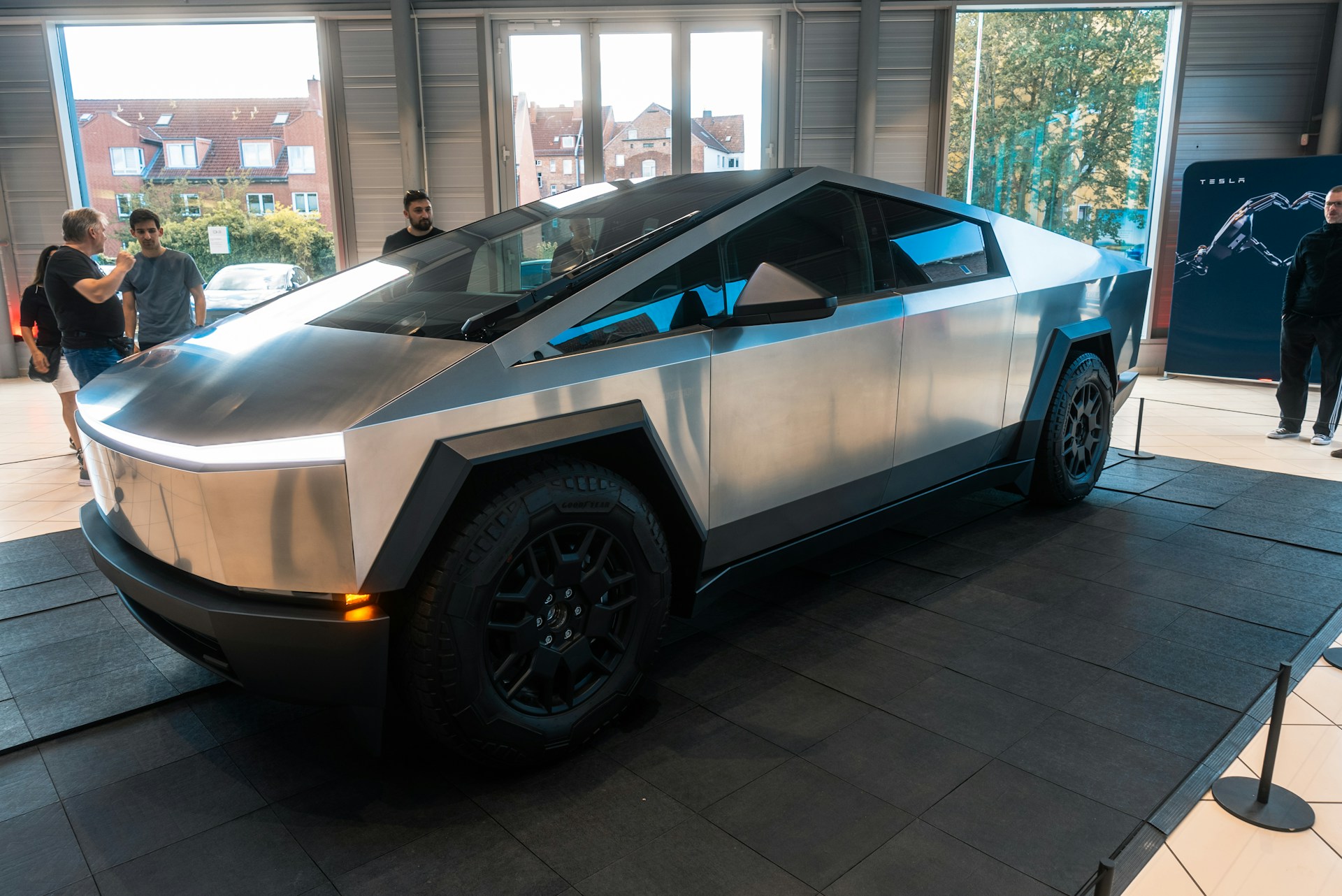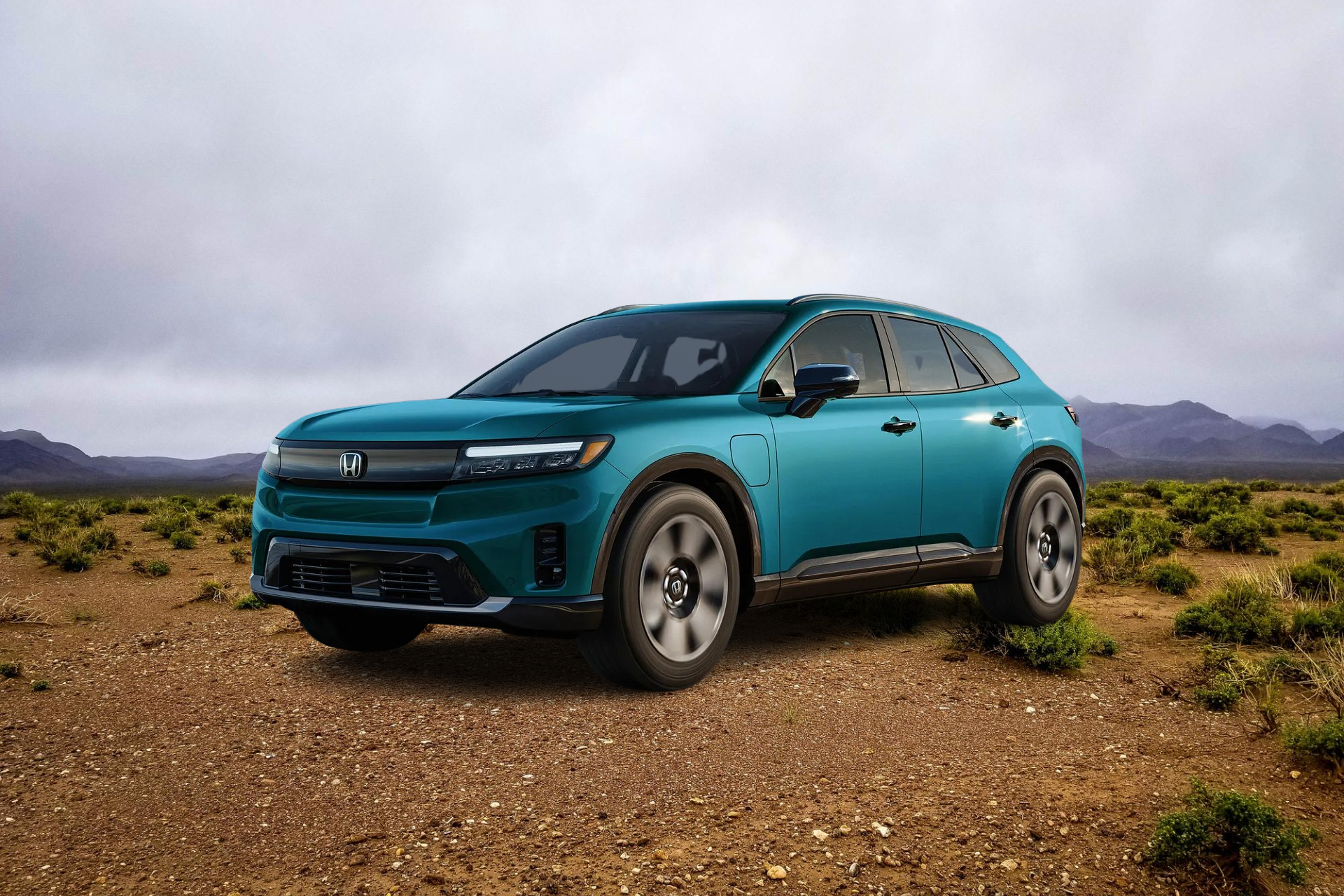With the introduction of the Cybertruck, which uses cutting-edge dry-cathode 4680 batteries, Tesla has achieved a major advancement in battery technology.
The vehicle is presently being tested with Tesla’s ground-breaking in-house 4680 dry cathode cells.
It’s highly likely that the new model will improve both cost effectiveness and technology. The Cybertruck’s performance and range are anticipated to be improved by the dry-cathode technology, which will also drastically lower production costs.
An important turning point in the advancement of cost effectiveness and technology
Cole Otto, a senior manufacturing engineer at Tesla, revealed the new car’s specifications in a LinkedIn post.
“Introducing the very first Cybertruck with a dry cathode! With our ground-breaking in-house dry cathode 4680 cells, we began vehicle testing in July,” Otto stated.
This marks a critical turning point in the advancement of cost-effectiveness and technology. I’m honored to have been a member of the outstanding group that made this historic accomplishment possible.
Five years ago, Tesla purchased Maxwell in order to exploit their dry electrode coating technology for the manufacture of battery cells.
The method of dry electrode coating was created by Maxwell.
Previously, Tesla was solely collaborating with Panasonic to produce battery cells, but the acquisition indicated that the company intended to start making cells itself. According to Auto Evolution, Maxwell created the dry electrode coating method for its supercapacitor manufacturing, but Tesla was certain that it could be applied to the manufacturing of battery cells as well.
Longtime Giga Texas observer Joe Tegtmeyer originally shared pictures of Tesla’s first dry cathode Cybertruck.
“Despite the fact that today is a production down day due to the new shift schedule I mentioned last week, Giga Texas is seeing a lot of fascinating activity. A fascinating vehicle carrier is loading up a @Cybertruck; a gorgeous black Cybertruck with a blue emblem is being transported out of the lot. There is also a crash test display and debate going on.
Nearly 50% more Tesla 4680 cells were made.
Elon Musk’s company produced 4680 cells more in the second quarter than it did in the first, a gain of over 50%.
In July, testing for validation of Tesla’s first Cybertruck prototype, which was outfitted with 4680 internal dry cathode cells, began.
“Telsa used our dry electrode machines for mass production to create this Cybertruck in its entirety. Given that it’s bearing the weight of five years’ worth of blood, sweat, and tears, the center of gravity is remarkably similar, according to Bonne Eggleston.
According to Tesla North, in response to a question concerning the challenges associated with producing dry cathode cells, Eggleston jokingly likened the process to the “Sea of Tranquility,” suggesting that it proceeds smoothly even with a great deal of work.



